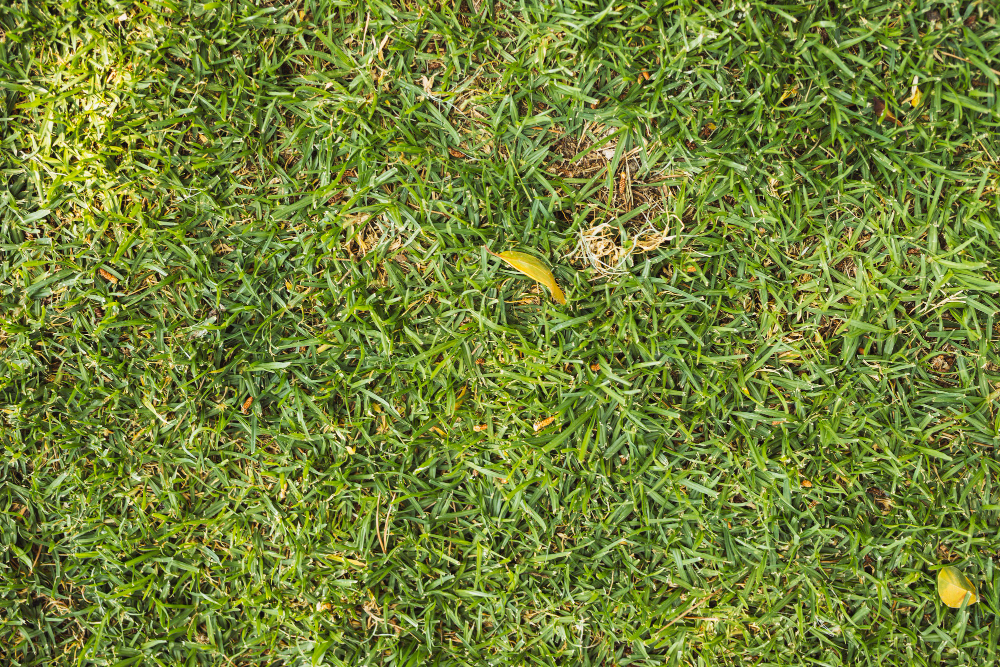Identifying and Treating Lawn Fungus

Maintaining a healthy lawn is a challenging task, but it’s worth it in the end. It requires regular mowing, watering, fertilizing, and maintenance. However, despite the best efforts, a lawn can still be affected by various problems, including lawn fungus. Lawn fungus is a type of disease that can damage your lawn by causing patches of dead grass to appear. While it may be difficult to prevent these diseases from developing, it’s important to learn how to properly identify and treat them to protect your lawn from further damage. In this blog post, we’ll discuss everything you need to know about lawn fungus, including how to identify it and what you can do to treat it.
1. Understanding Lawn Fungus
Lawn fungus is a type of disease that feeds on healthy grass and disrupts its growth, leaving behind discolored and barren patches on the lawn. These fungal diseases thrive in hot and humid environments, making them more prevalent during the summer months. There are several types of fungal diseases that affect lawns, but some of the most common include brown patch, dollar spot, and red thread.
2. Identifying Lawn Fungus
The first step in preventing lawn fungus is to learn how to properly identify it. Brown patch is one of the most widespread fungal diseases affecting southern lawns. It appears as a round patch of brown grass surrounded by a ring of dark green grass. Dollar spot, on the other hand, appears as a small patch of straw-colored grass with small white spots on the leaves. Red thread disease appears as patches of pink or red grass, which gradually turn into straw-colored grass. Identifying each of these lawn fungus varieties is essential in order to determine the proper course of treatment.
3. Treating Lawn Fungus
Once you have identified the type of lawn fungus affecting your lawn, the next step is treatment. Treatment methods may vary depending on the type of fungus and the severity of the infection. One of the most effective treatments is to use a fungicide. It is recommended to apply a fungicide when the temperatures are mild and the grass is damp. This typically happens in the morning or evening. Additionally, you should make sure to water your lawn only in the morning to allow it to dry well before nightfall.
4. Maintaining a Healthy Lawn
Preventing lawn fungus from developing in the first place begins with proper lawn maintenance. A healthy lawn is less likely to be affected by disease, so it’s essential to keep it well-maintained. One way to ensure that your lawn remains healthy is by avoiding over-fertilization. Over-fertilization can lead to chemical burn, which in turn can attract fungi. Additionally, it’s important to regularly mow your lawn and make sure that you are trimming no more than one-third of the total grass height.
5. How to Get Help
If you are struggling with identifying and treating lawn fungus, you should contact a professional landscaper for assistance. They will be able to help identify the type of lawn fungus on your lawn and recommend the best course of action. If you need help with sod removal in Orlando, FL, contact From The Ground Up Landscaping today for free estimates. Their team of professionals has the experience necessary to assist in maintaining a healthy and problem-free lawn.
Conclusion
Lawn fungus is a common issue that affects many homeowners. By identifying and treating it promptly, you can prevent further damage to your lawn. Regular maintenance, including avoiding over-fertilization and proper watering techniques, can help keep your lawn healthy and reduce the risk of disease. If you are struggling with identifying and treating lawn fungus, contact a professional landscaper for assistance. By working together, you can keep your lawn healthy and beautiful. If you need help with sod removal in Orlando, FL, contact From The Ground Up Landscaping today for free estimates.